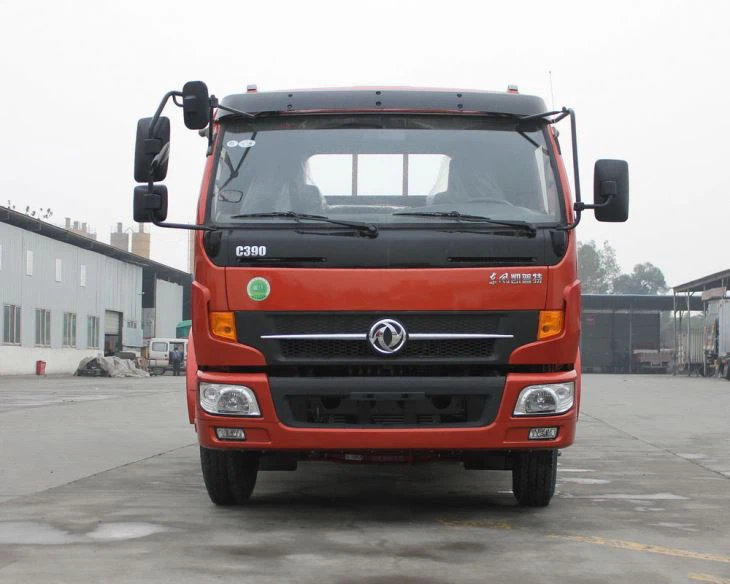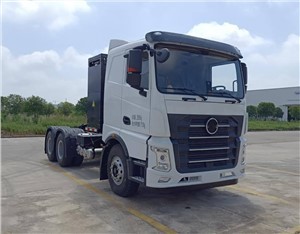Ultimate Guide to Model Refuse Trucks: Types, Features, and Considerations

The world of refuse trucks is evolving, with various models designed to meet diverse waste management needs. This comprehensive guide delves into model refuse trucks, exploring types, features, and essential considerations for municipalities, waste management companies, and enthusiasts. Whether you’re contemplating your first purchase or you’re an industry vet, this article is packed with valuable insights.
What is a Model Refuse Truck?
A model refuse truck is a specialized vehicle designed for the collection, transport, and disposal of waste materials. It often features hydraulic mechanisms for lifting and emptying bins, making it an essential component of efficient waste management systems.
Types of Model Refuse Trucks
1. Rear Loader Refuse Trucks
Rear loader trucks have a simple yet effective design. Waste is collected from the back of the truck. They are particularly suited for residential areas where tight streets and limited access can pose challenges.
Features
- Hydraulic lifting mechanism
- Compact size for urban areas
- Easy to operate
Example
Many municipalities use rear loader refuse trucks for their regular garbage pick-up due to their maneuverability and efficiency.
2. Front Loader Refuse Trucks
Front loader trucks have a different approach, using forks to lift and empty large commercial containers. They’re ideal for industrial and commercial waste management.
Features
- Larger capacity
- Efficient for heavy loads
- Durable design
Example
In shopping districts or restaurant areas, front loader trucks are commonly deployed to manage the high volume of waste generated.
3. Side Loader Refuse Trucks
Side loaders are equipped with an automated arm that collects waste from the side of the truck. This model minimizes the need for personnel to exit the vehicle.
Features
- Increased safety through reduced worker exposure
- Highly efficient for multiple stops
- Suitable for urban settings
Example
Cities with a high population density often opt for side loader trucks to enhance safety and efficiency.
4. Recycling Trucks
As waste management evolves, recycling trucks specifically designed to handle recyclable materials are becoming common.
Features
- Compartmentalized designs for waste separation
- Eco-friendly messaging
- Specialized lifting mechanisms
Example
Local authorities often use recycling trucks to ensure that recyclable materials are collected and processed efficiently.
Key Features to Consider When Choosing a Model Refuse Truck
1. Capacity
The capacity of a refuse truck is crucial as it determines how much waste it can carry at any given time. Consider your typical load and select a truck that meets your needs.
2. Engine Type
Refuse trucks can be powered by diesel or alternative fuels such as compressed natural gas (CNG). Assess the environmental regulations in your area to determine the best option.
3. Turn Radius
A truck’s maneuverability is essential, especially in urban areas. Choosing a model with a smaller turn radius will help navigate tight corners and narrow streets.
4. Maintenance and Durability
Investing in a robust and easily maintainable truck can save you costs in the long run. Look for warranty options and read reviews regarding the durability of various models.
5. Safety Features
Ensure that the truck is equipped with the latest safety technologies such as cameras, sensors, and stability controls to protect drivers and other road users.
How to Maintain a Model Refuse Truck
1. Regular Inspections
Performing routine checks can help detect issues before they escalate. Focus on the brakes, hydraulic systems, and engine status.
2. Cleaning
Keep the truck clean to avoid rust and other forms of corrosion. Regular washing and maintenance will extend the lifespan of the vehicle.
3. Driver Training
Ensure that drivers are well trained not only in operating the truck but also in recognizing basic maintenance needs and safety protocols.
4. Documentation
Maintain a detailed log of repairs, inspections, and the maintenance schedule to comply with local regulations and for effective tracking.

Cost Considerations for a Model Refuse Truck
| Truck Type | Average Cost (USD) |
|---|---|
| Rear Loader | $100,000 – $200,000 |
| Front Loader | $150,000 – $250,000 |
| Side Loader | $160,000 – $240,000 |
| Recycling Truck | $110,000 – $180,000 |
While the initial investment can be substantial, other factors such as fuel efficiency and maintenance can affect long-term costs.
Environmental Considerations
1. Emissions Control
Selecting trucks with lower emissions can contribute to meeting environmental regulations while fostering a green reputation.
2. Alternative Fuel Options
Consider investing in CNG or electric refuse trucks to reduce carbon footprints and improve air quality.
3. Eco-friendly Practices
Implement eco-friendly operational practices, such as efficient route planning, to minimize unnecessary trips and reduce fuel consumption.
Challenging Situations and How to Handle Them
1. Navigating Difficult Neighborhoods
When working in areas with heavy traffic or narrow roads, drivers should plan their routes ahead of time to avoid bottlenecks and delays.
2. Inclement Weather Conditions
Establish protocols for operations during rain, snow, or ice to ensure the safety of the drivers and the efficiency of the service.
3. High Waste Volume Periods

In times of high waste generation, such as holidays, consider deploying additional trucks or adjusting schedules to maintain service efficiency.
FAQs About Model Refuse Trucks
1. How often should model refuse trucks be maintained?
Routine inspections should be carried out every six months, with more thorough maintenance annually.

2. What is the lifespan of a refuse truck?
Most refuse trucks can last between 10 to 15 years, depending on usage and maintenance practices.
3. Are electric refuse trucks viable?
Yes, electric refuse trucks are becoming increasingly viable, especially in urban areas, due to advancements in battery technology and environmental sustainability efforts.
4. What type of refuse truck is best for small municipalities?
Rear loader trucks are often recommended for small municipalities due to their versatility and ability to navigate narrow streets.
5. How do refuse trucks contribute to sustainability?
Modern refuse trucks, especially those that are fuel-efficient or use alternative fuels, play a significant role in reducing emissions and promoting recycling efforts.
6. Can refuse trucks be customized?
Yes, many manufacturers offer customization options to cater to the specific needs of municipalities or waste management companies.
